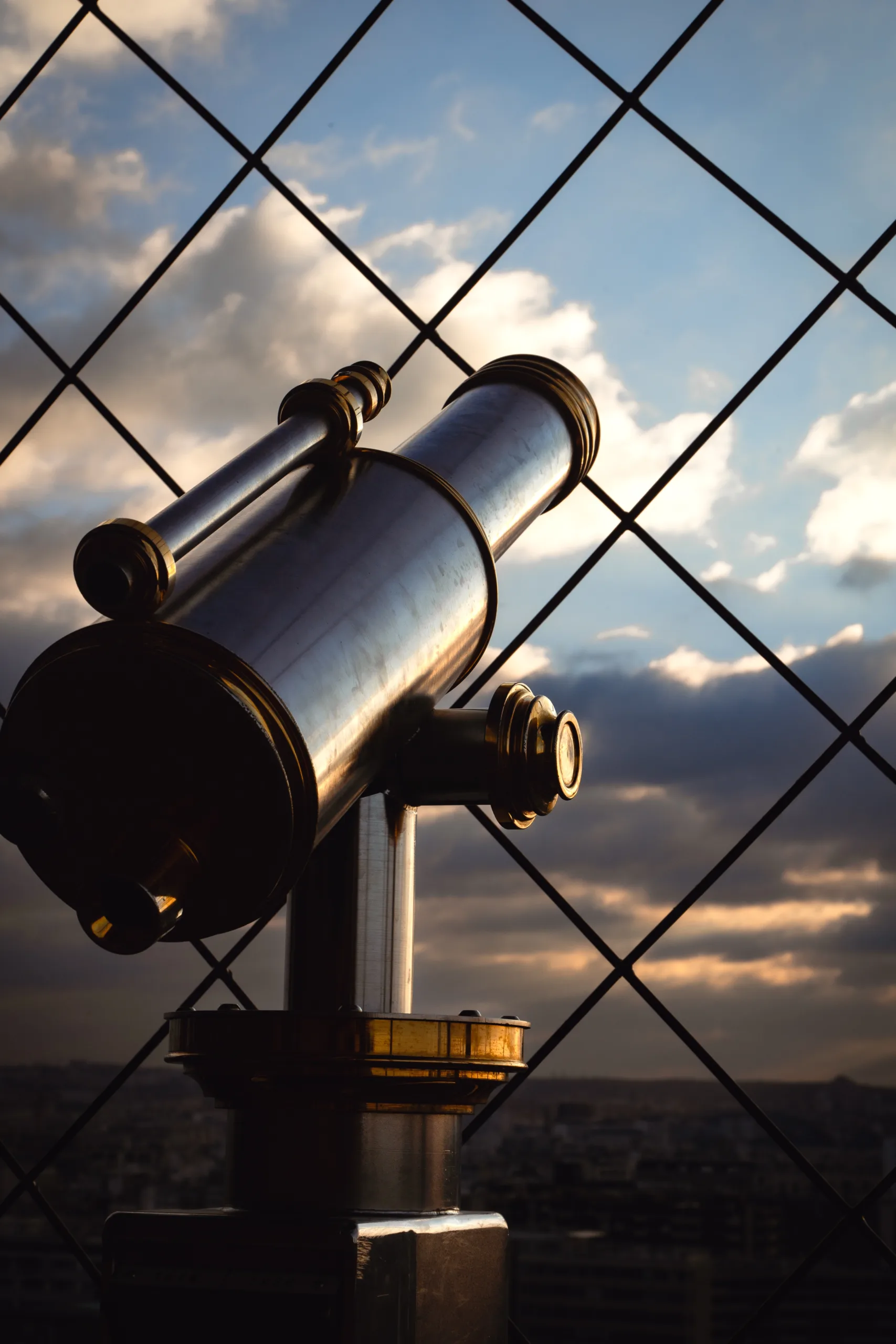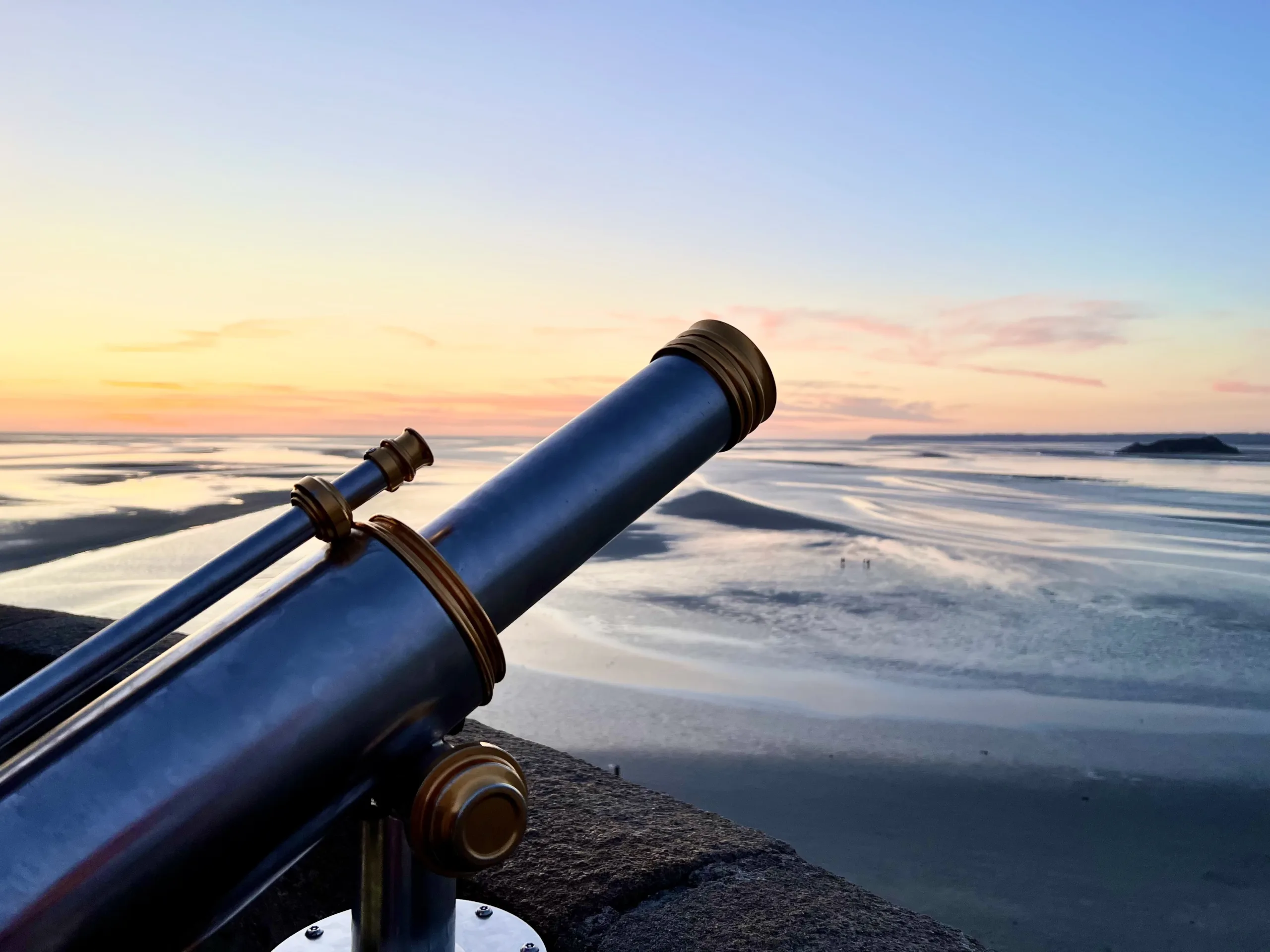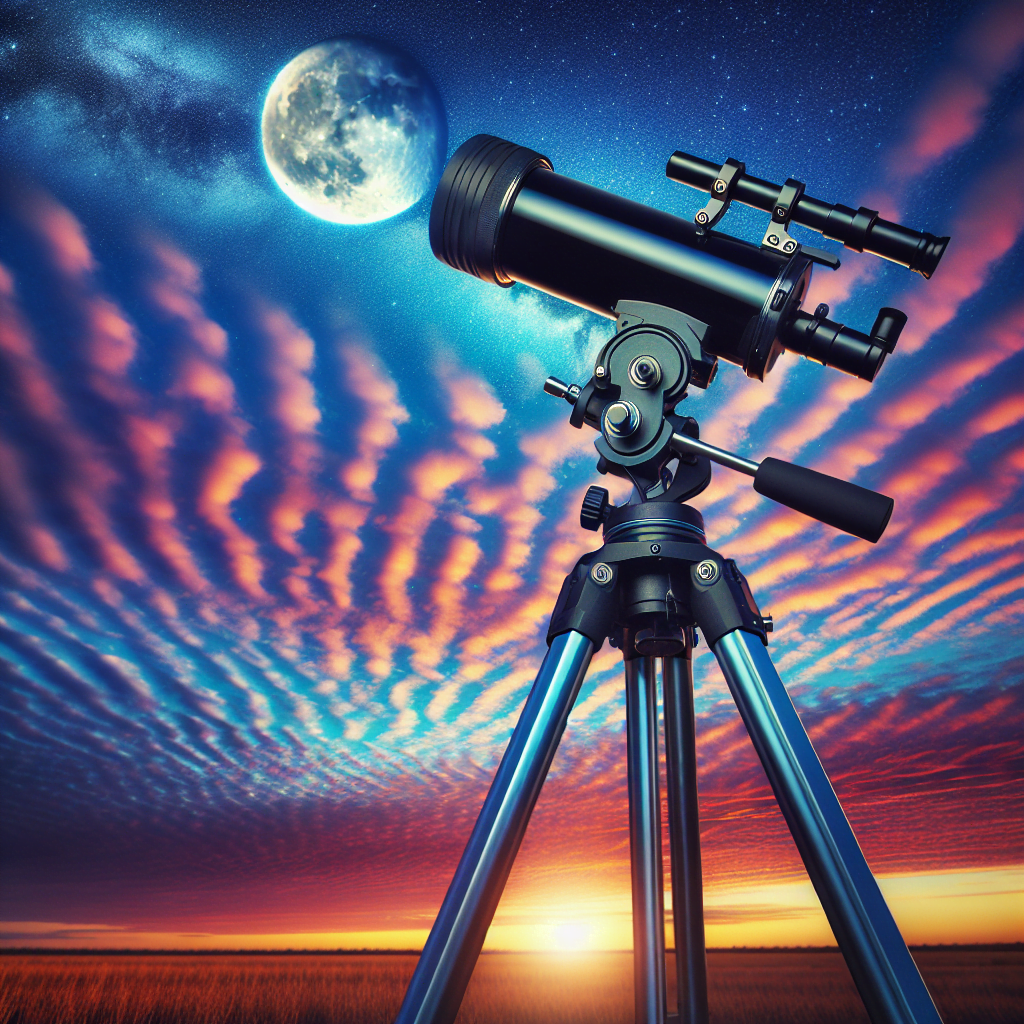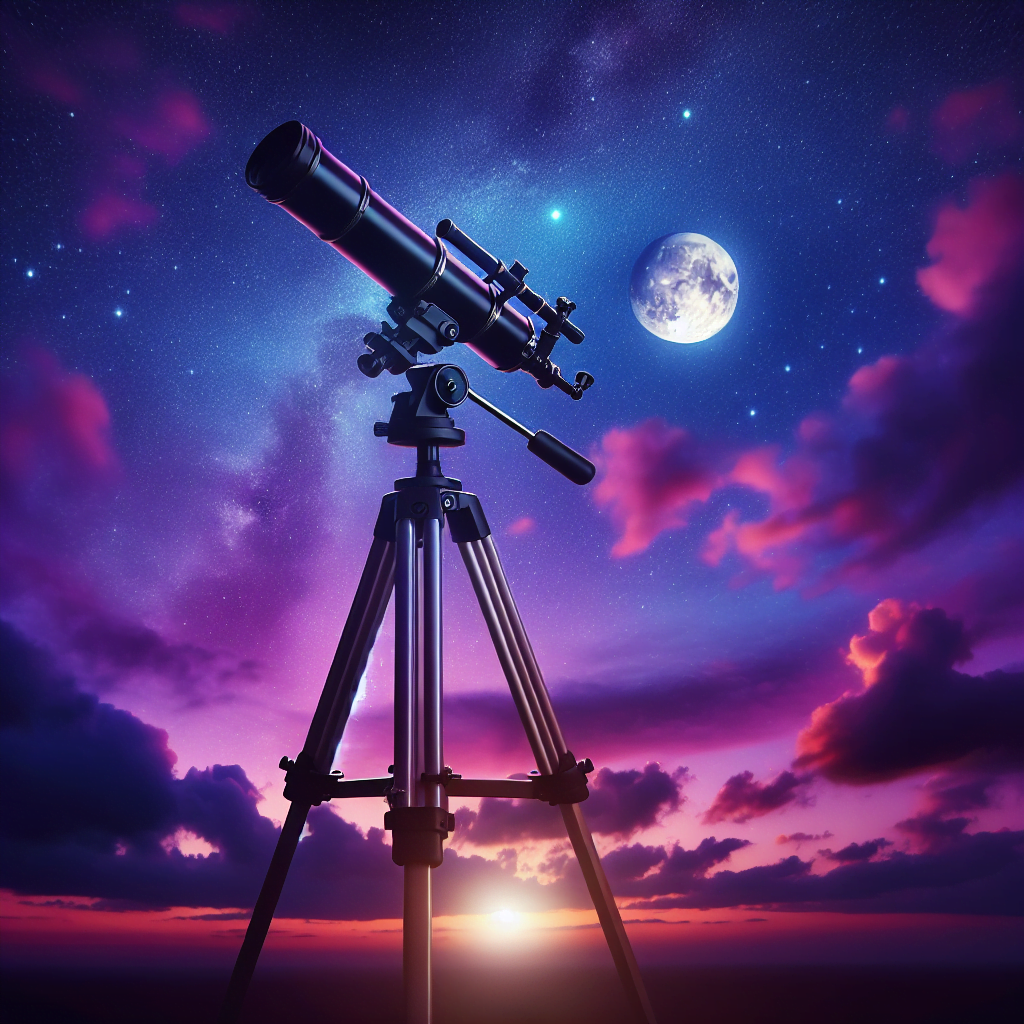So, you’ve finally got your hands on a shiny new telescope and you’re eager to use it to explore the wonders of the night sky. But before you embark on your stargazing journey, there’s one crucial factor you need to consider – stability. Ensuring that your telescope remains stable during observations is essential for getting clear, focused images and avoiding frustrating wobbles. In this article, we’ll explore some simple yet effective tips and techniques to help you keep your telescope steady and get the most out of your celestial explorations.
Table of Contents
Choosing the Right Telescope Mount
When it comes to choosing the right mount for your telescope, there are a few different options to consider. The type of mount you choose will greatly affect how stable your telescope is during observations, as well as how easy it is to track celestial objects. Let’s take a look at some of the different types of telescope mounts available.
Equatorial Mounts
Equatorial mounts are designed to align with the Earth’s rotational axis, making it easier to track objects as they move across the sky. These mounts have two axes – the right ascension axis, which aligns with the Earth’s rotational axis, and the declination axis, which allows the telescope to move up and down. Equatorial mounts are often preferred by astronomers who want to take long-exposure photographs or track objects for extended periods of time.
Alt-Azimuth Mounts
Alt-azimuth mounts, also known as altitude-azimuth mounts, are the simplest type of telescope mount. They allow for easy movement in both vertical (altitude) and horizontal (azimuth) directions. Alt-azimuth mounts are often more affordable and easier to set up than equatorial mounts, making them a popular choice for beginners or casual observers.
Motorized Mounts
Motorized mounts have built-in motors that allow for more precise tracking of celestial objects. These mounts typically have both horizontal and vertical motors, allowing for automatic movement to compensate for the Earth’s rotation. Motorized mounts can be a great option for those who want to capture detailed images or observe objects for longer periods of time without the need for constant manual adjustments.
Computerized Mounts
Computerized mounts take tracking to the next level by using a built-in computer system to automatically locate and track celestial objects. These mounts often come with a database of objects, allowing you to simply select the target you want to observe, and the mount will take care of the rest. Computerized mounts can be a bit more complex to set up and operate, but they provide a level of convenience and accuracy that can greatly enhance your observing experience.
Setting Up the Mount Properly
Once you’ve chosen the right mount for your telescope, proper setup is crucial to ensure stability and accurate tracking. Here are some steps to follow when setting up your mount:
Finding a Stable Location
Start by finding a stable location free from vibrations. Avoid setting up your telescope near sources of noise or foot traffic, as these can cause unwanted vibrations that can impact the clarity of your observations.
Leveling the Mount
A level mount is essential for smooth movement and accurate tracking. Use a bubble level or an electronic level to make sure that your mount is level in both the vertical and horizontal directions. Adjust the tripod legs if needed to achieve a level position.
Balancing the Telescope
Properly balancing your telescope is important for smooth and accurate movement. Adjust the position of the telescope tube on the mount’s dovetail plate to achieve a balanced position. This will help prevent strain on the mount’s motors and gears.
Securing the Tripod
Ensure that the tripod is securely fastened to prevent any wobbling or instability. Tighten all screws and connections, and double-check for any loose parts. A sturdy and secure tripod is essential for a stable observation session.

Using Counterweights
Counterweights are used to balance the weight distribution of the telescope and its accessories. This helps to reduce strain on the mount and ensures smooth movement. Let’s take a closer look at how to use counterweights effectively.
What Are Counterweights?
Counterweights are typically metal discs that attach to the mount’s counterweight shaft or bar. They are used to offset the weight of the telescope and any additional accessories, such as cameras or eyepieces. By adjusting the number and position of the counterweights, you can achieve proper balance.
Determining the Required Counterweight
The required counterweight(s) will depend on the weight of your telescope and any accessories you have attached. Consult your telescope’s manual or manufacturer’s guidelines to determine the recommended counterweight(s) for your specific setup. Adding too much or too little counterweight can impact the stability and accuracy of your tracking.
Attaching and Adjusting Counterweights
To attach the counterweight(s), simply slide them onto the counterweight shaft or bar and secure them in place using the provided locking mechanism. Start with the recommended number of counterweights, and then make adjustments as needed. If your telescope is front-heavy, move the counterweight(s) closer to the front of the mount. If it is back-heavy, move them closer to the back. Experiment with different configurations until you achieve proper balance.
Reducing Vibrations
Reducing vibrations is crucial for achieving clear and steady views through your telescope. Even slight vibrations can significantly impact image quality, so it’s important to take steps to minimize them. Here are some tips for reducing vibrations during observations.
Avoiding Touching the Telescope
Minimize touching or bumping the telescope while observing. Even small movements can produce vibrations that take time to settle down, leading to blurry views. When adjusting focus or changing eyepieces, be gentle and avoid applying unnecessary pressure.
Using Anti-Vibration Pads
Placing anti-vibration pads between the tripod legs and the ground can help absorb vibrations and minimize their impact on your observations. These pads are often made of rubber or foam and provide an extra layer of stability.
Using Dampening Tools
Dampening tools, such as vibration suppression pads or anti-vibration collars, can also help to reduce vibrations. These tools are designed to absorb vibrations and prevent them from transferring to the telescope. They can be particularly useful for larger or more sensitive telescopes.
Shielding from Wind
Wind can introduce vibrations that disrupt your observations. Whenever possible, position your telescope in a sheltered location or use wind shields to minimize the impact of wind. Additionally, consider using a telescope cover or shield to protect the telescope from direct wind exposure.

Maintaining Correct Focus
Maintaining correct focus is essential for capturing clear and detailed observations. Here are some tips to help you achieve and maintain a sharp focus.
Using a Focusing Mask
A focusing mask is a simple yet effective tool that can help you achieve precise focus. It is a circular or square mask that covers the front aperture of your telescope, with various sized holes in the center. By adjusting the telescope’s focus until the target object is sharply visible through the holes, you can achieve accurate focus.
Eliminating Mirror Shift
Some telescopes, particularly Schmidt-Cassegrain and Maksutov-Cassegrain designs, have a potential issue known as mirror shift. This occurs when the mirror inside the telescope shifts slightly during focusing, causing the image to move. To eliminate mirror shift, focus the telescope in one direction and then reverse the direction slightly until the image stabilizes.
Calibrating Autofocus Systems
If your telescope has an autofocus system, it’s important to calibrate it properly. Follow the manufacturer’s instructions for calibrating the autofocus system to ensure accurate and reliable focusing. Regularly check and recalibrate the autofocus system if necessary.
Balancing the Instrument
Balancing your telescope properly is crucial for smooth and accurate movement. A well-balanced instrument ensures that the motors and gears of your mount are not strained, allowing for effortless tracking. Here’s how to balance your telescope effectively.
Adjusting Balance in Altitude and Declination
Start by adjusting the balance in altitude, which refers to the up and down movement of the telescope. Loosen the altitude locks and adjust the telescope tube forward or backward until it remains in position when released. Repeat this process for declination, which controls the left and right movement. By achieving balance in both axes, you will avoid unnecessary strain on the mount.
Checking for Properly Balanced Telescope
After adjusting the balance, carefully release the telescope and check if it stays in position. A properly balanced telescope should remain steady without any drifting or movement. If it drifts or is difficult to keep in position, readjust the balance until it remains stable.

Handling Wind-Induced Movements
Wind can be a significant challenge when it comes to stable observing conditions. It can introduce vibrations and cause the telescope to move, impacting your observations. Here are some tips for handling wind-induced movements.
Using Wind Shields
Using wind shields or creating a barrier around your telescope can help to minimize the effect of wind. Portable wind shields or screens can be placed strategically to block the wind, providing a more stable observing environment.
Using Sheltered Observing Positions
Positioning your telescope in a sheltered location, such as a backyard or enclosed area, can reduce the impact of wind. This can help to create a more stable and consistent observing experience, especially during windy conditions.
Eliminating Thermal Effects
Temperature fluctuations can introduce thermal effects that degrade image quality. Minimizing these effects is important for achieving clear and sharp observations. Here are some tips for eliminating thermal effects.
Avoiding Temperature Fluctuations
Avoid setting up your telescope in areas with rapid or extreme temperature changes. These fluctuations can cause the optics to expand or contract, leading to blurry views. Choose a location that offers more stable temperatures, such as a shady area or indoors.
Allowing Time for Cooling Down
If your telescope has been stored in a warmer environment, allow it sufficient time to cool down to ambient temperatures before observing. This helps to stabilize the optics and reduce the impact of thermal effects.
Using Insulating Materials
Insulating materials, such as foam or insulating wraps, can help to regulate the temperature of your telescope. By wrapping the telescope tube or using insulating materials, you can minimize temperature changes and reduce the impact of thermal effects on your observations.

Securing Telescope Accessories
Securing your telescope accessories properly is essential to maintain stability during observations. Loose or improperly attached accessories can introduce vibrations or cause the telescope to become unbalanced. Here are some tips for securing your telescope accessories.
Properly Attaching Eyepieces and Cameras
When attaching eyepieces or cameras to your telescope, ensure that they are securely fastened. Tighten any screws or locking mechanisms, but be careful not to overtighten and risk damaging the threads or accessories. Double-check to make sure that the eyepiece or camera is aligned properly with the telescope’s optics.
Securing Finder Scopes and Guide Scopes
Finder scopes and guide scopes are crucial for locating and tracking celestial objects. Make sure these accessories are securely attached to the telescope mount and properly aligned. Tighten any screws or adjustments to ensure a stable connection.
Securing Filters and Barlow Lenses
Filters and Barlow lenses can enhance your observations, but they need to be secured properly to prevent movement or instability. Attach filters securely to the eyepiece or camera threads, ensuring a tight seal. When using a Barlow lens, make sure it is securely attached to the telescope’s focuser and locked in place.
Collimating the Optics
Collimation is the process of aligning the optics of your telescope to ensure optimal performance. Accurate collimation is crucial for achieving sharp and clear views. Here are some tips for collimating your telescope.
Understanding Collimation
Collimation involves aligning the mirrors or lenses within your telescope to ensure they are properly centered and aligned. This process helps to maintain accurate focus and crisp views. Different telescopes have different collimation procedures, so consult your telescope’s manual or manufacturer’s guidelines for specific instructions.
Aligning the Optics
Collimating the optics typically involves adjusting screws or knobs to align the mirrors or lenses. This helps to achieve proper alignment and ensure that light is entering the telescope optimally. Follow the step-by-step instructions in your telescope’s manual, and be patient to achieve the best results.
Regular Collimation Maintenance
Collimation may need to be performed regularly to maintain optimal performance. Factors such as transportation, temperature changes, or accidental bumps can affect the alignment of the optics. Regularly check and adjust the collimation as needed to ensure consistently sharp and clear views.
With the right telescope mount and proper setup techniques, you can ensure that your telescope remains stable during observations. Whether you’re a beginner or an experienced observer, following these tips will help you achieve steady and clear views of the night sky. Happy stargazing!

